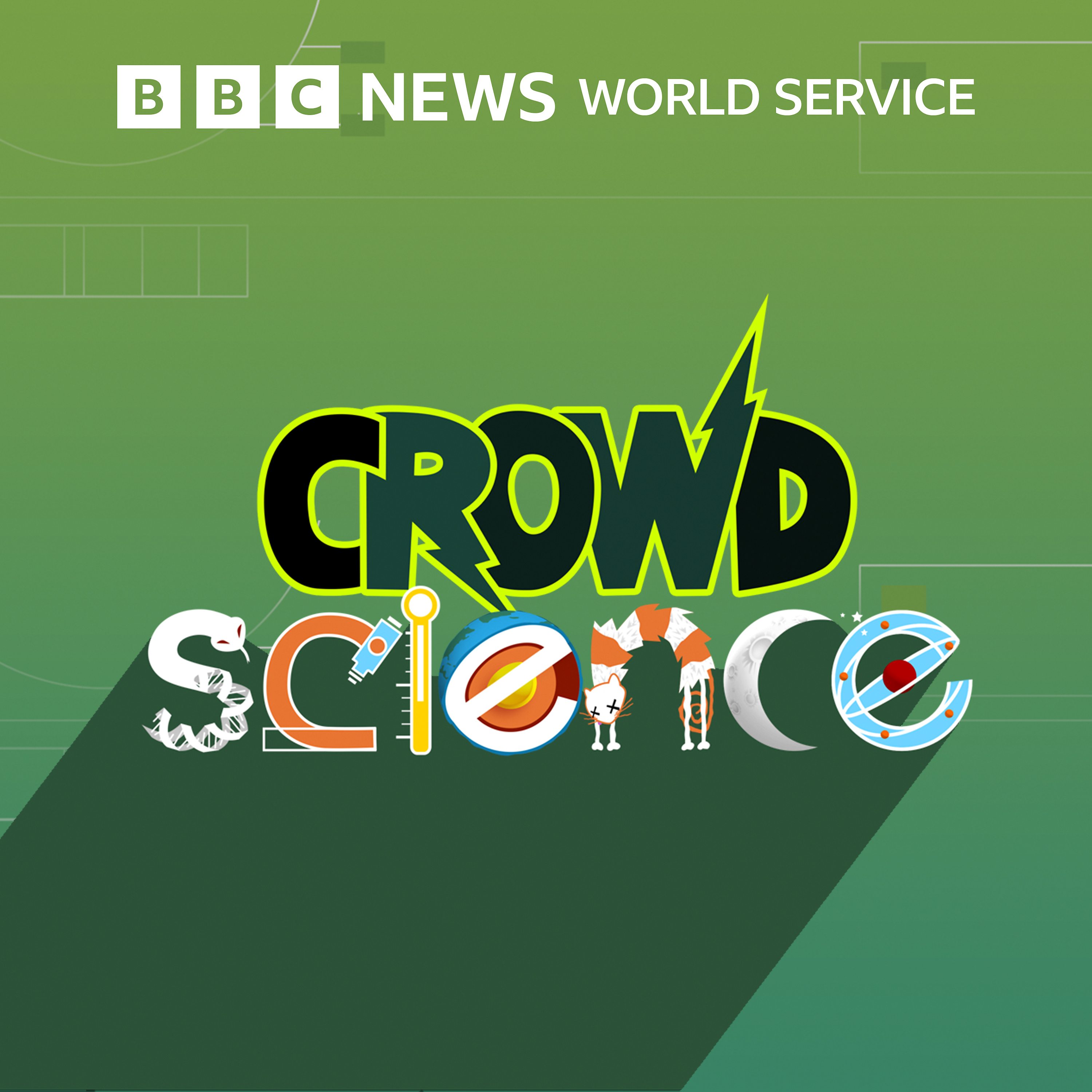
CrowdScience
Sep 1, 2023
Many of us are worried about the environment, but the aim of living in a truly sustainable way is hard to pin down. Do we all need to stop buying things? Is it down to governments to make the changes for us? Is there somewhere in the world painting a picture of the end goal?
It’s a question that has bothered CrowdScience listener Cate for 20 years! She’s worried we’re not doing enough for the environment and just wants a clear scenario of what it might look like to live sustainably, in a way that could work for all eight billion of us on the planet.
It’s a big question, so this week presenter Caroline Steel has teamed up with her friend and colleague Graihagh Jackson from The Climate Question podcast to answer it.
They head to the remote Danish island of Bornholm in the Baltic Sea, which is aiming to go carbon neutral by 2025 and zero waste by 2032. How are they going about it and could this be replicated elsewhere? We visit a ground-breaking project turning nappies into compost, meet a glassblower making tableware out of wasted insulin vials, and find out how pig waste can power homes.
This edition of CrowdScience hones in on Bornholm’s zero waste goal. Will the island make it?
Listen to The Climate Question’s look at the island’s quest to go carbon neutral here: BBC World Service - The Climate Question, Going carbon neutral - lessons from Denmark - www.bbc.co.uk/programmes/w3ct5bkg (Available from 3rd September)
Presenters: Caroline Steel and Graihagh Jackson Producer: Sophie Eastaugh Editor: Richard Collings Production Coordinator: Jonathan Harris
(Image: Dr David Christensen, Project Manager at BOFA, Bornholm’s waste authority with presenter Caroline Steel in front of a giant mound of waste bound for the island’s incinerator. The incinerator will be shut down in 2032 when the island aims to be zero waste. Credit: Sophie Eastaugh)

